Home>Articles>How To Muffle The Sound Of A Ticking Wall Clock
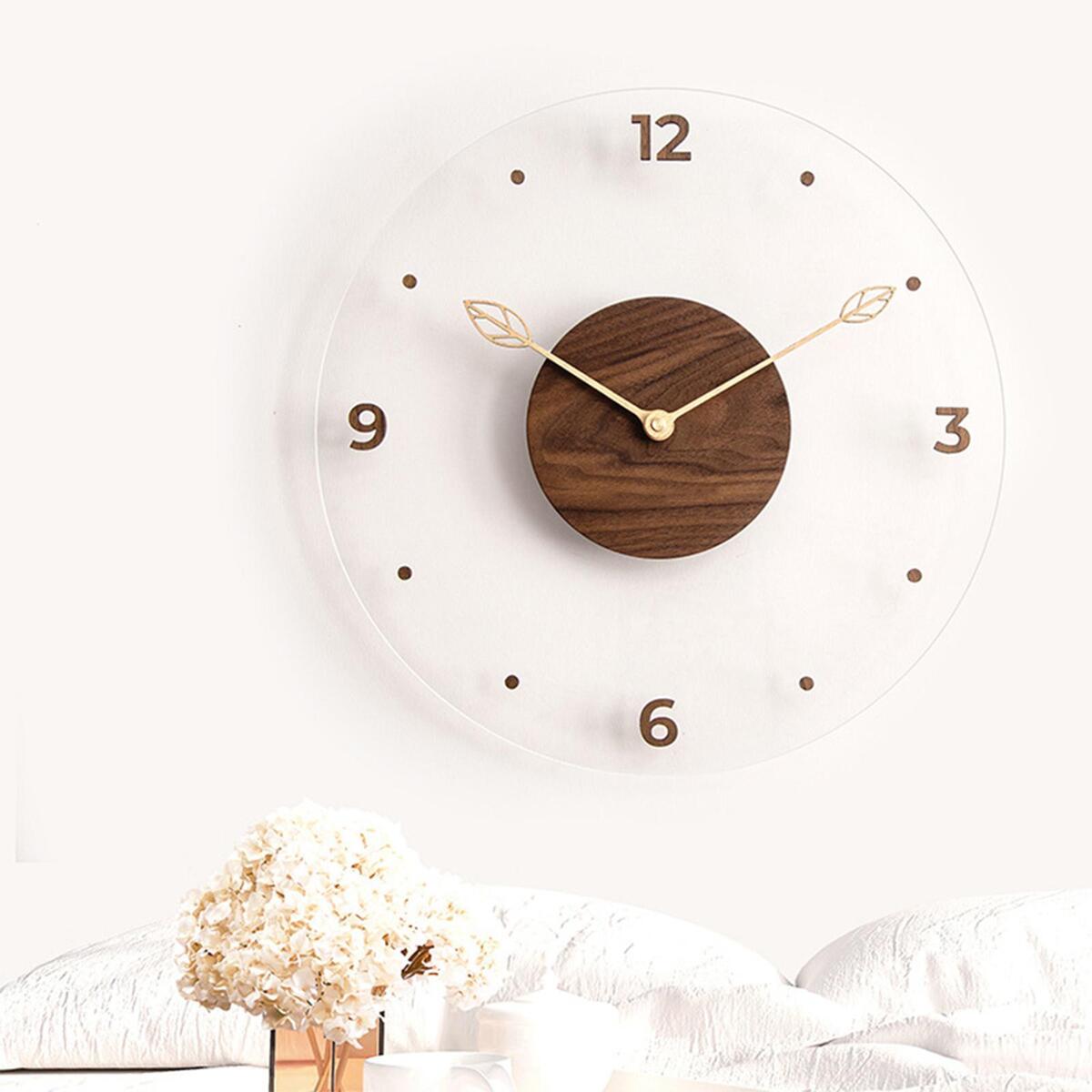

Articles
How To Muffle The Sound Of A Ticking Wall Clock
Modified: August 17, 2024
Discover effective ways to reduce the noise from a ticking wall clock with these informative articles. Achieve a peaceful and quiet environment in your home.
(Many of the links in this article redirect to a specific reviewed product. Your purchase of these products through affiliate links helps to generate commission for Storables.com, at no extra cost. Learn more)
Introduction
Have you ever been bothered by the incessant ticking sound of a wall clock? While some people find it soothing and nostalgic, for others, it can be a constant source of annoyance, especially when trying to concentrate or relax. Luckily, there are several ways to muffle the sound of a ticking wall clock and restore peace and tranquility to your space.
In this article, we will explore various techniques and solutions to help you minimize or eliminate the ticking noise produced by a wall clock. Whether you have a vintage clock with a loud tick or a modern clock with a subtle ticking sound, these tips will help you regain control over your auditory environment.
We will delve into understanding the mechanism behind the ticking sound, identifying the factors that contribute to noise, and exploring different methods to reduce or mask the sound effectively. From adjusting the clock’s mechanism to adding soundproofing materials and utilizing background noises, we will cover everything you need to know to achieve a quieter wall clock experience.
If you’re ready to silence that ticking annoyance and create a more peaceful atmosphere in your home or office, let’s dive into the world of reducing wall clock noise.
Key Takeaways:
- Regain peace and tranquility by minimizing the ticking noise of your wall clock. From soundproofing materials to adjusting the mechanism, explore various techniques to create a quieter environment.
- Consider alternative solutions like silent clocks or background noise to effectively reduce the ticking sound. Experiment with different methods to find the best solution for a more peaceful atmosphere.
Understanding the Sound of a Ticking Wall Clock
Before we dive into the various methods to muffle the sound of a ticking wall clock, let’s first understand why it produces that distinctive ticking noise.
A wall clock typically consists of a mechanical or quartz movement mechanism that drives the hands of the clock. In a mechanical movement clock, the ticking sound is produced by the escapement, a mechanism that regulates the release of energy to keep the clock’s movement controlled and precise. This mechanism consists of gears and a pendulum or balance wheel, which oscillates back and forth, causing the ticking sound.
In a quartz movement clock, the ticking sound is generated by a small electric motor that moves the hands of the clock in discrete steps at regular intervals. While the ticking sound of a quartz clock is usually quieter than that of a mechanical clock, it can still be noticeable in a quiet environment.
It’s important to note that the ticking sound of a wall clock can vary depending on various factors, such as the quality and condition of the clock’s mechanism, the materials used in the clock’s construction, and the location of the clock in your space.
Now that we have a basic understanding of how a wall clock produces the ticking sound, let’s move on to identifying the factors that contribute to the noise and explore ways to minimize or eliminate it.
Identifying the Factors that Contribute to Noise
When it comes to a ticking wall clock, there are several factors that can contribute to the noise it produces. By identifying these factors, you can effectively address them and reduce the overall noise level. Here are some key factors to consider:
- Mechanism Quality: The quality and condition of the clock’s movement mechanism play a significant role in the level of ticking noise. Cheap or worn-out mechanisms may produce louder and more intrusive ticking sounds.
- Clock Material: The material used in the construction of the clock can affect the sound produced. Clocks made of metal or glass tend to resonate and amplify the ticking sound, while clocks with wooden or plastic casings may be quieter.
- Mounting Surface: The surface on which the wall clock is mounted can also impact the sound. A clock mounted on a hollow wall or near a resonant surface will produce more noticeable ticking noise compared to one mounted on a solid wall.
- Environmental Acoustics: The overall acoustics of the room, such as its size, shape, and presence of sound-absorbing materials, will affect the perceived loudness of the ticking sound. Rooms with hard and reflective surfaces tend to amplify the noise, while rooms with carpeting, curtains, and acoustic panels can help absorb and dampen the sound.
- Ticking Volume: Some wall clocks allow you to adjust the volume of the ticking sound. If your clock has this feature, try lowering the volume to see if it reduces the noise to a more tolerable level.
By carefully considering these factors, you can begin to pinpoint the specific issues contributing to the ticking noise in your wall clock. In the following sections, we will explore different techniques and solutions to address these factors and minimize the overall sound produced by the clock.
Choosing the Right Location for Your Wall Clock
The location where you hang your wall clock can significantly impact the sound it produces. By choosing the right location, you can minimize the noise and create a more pleasant environment. Here are some tips to help you select the ideal spot:
- Away from Sleeping Areas: If you have a ticking wall clock in your bedroom, you may find the sound disruptive to your sleep. Consider placing the clock in a different room or at a distance from your bed to reduce the noise level while you sleep.
- Avoid Resonant Surfaces: Mounting your clock on a resonant surface, such as a thin metal or glass wall, can amplify the ticking sound. Instead, choose a solid wall or a surface with sound-absorbing qualities, like a corkboard or a wall covered with acoustic panels.
- Consider Ambient Noise: Take into account the ambient noise in the room where the clock will be placed. If there are other loud sounds or background noise present, such as an air conditioner, a television, or a fan, they can help mask the ticking sound and make it less noticeable.
- Avoid High Traffic Areas: Placing the clock in a high-traffic area, such as a hallway or a living room where people frequently pass by, can make the ticking sound more noticeable. Opt for a quieter area or a wall where the clock will be less disturbed by movement and activity.
- Consider Soundproofing Materials: If you have a specific location in mind, but it still produces too much noise, you can consider using soundproofing materials to dampen the sound. These materials, such as acoustic foam or soundproof curtains, can help absorb and block the noise, making the ticking sound less audible.
By carefully selecting the location for your wall clock, you can create a more peaceful and pleasant environment in your home or office. In the next sections, we will explore additional techniques to further minimize the ticking noise produced by the clock.
Adding Soundproofing Materials to Minimize Noise
One effective way to reduce the ticking sound of a wall clock is by adding soundproofing materials to your space. These materials help absorb and dampen the noise, creating a quieter environment. Here are several soundproofing solutions you can consider:
- Acoustic Panels: Install acoustic panels on the walls surrounding the clock to help absorb and reduce the sound waves. These panels are designed to minimize reflections and echo, effectively reducing the tick-tock noise.
- Soundproof Curtains: Hang soundproof curtains near the clock to create a barrier that helps block out external noise and dampen the ticking sound. These curtains are made with dense, noise-reducing materials that absorb sound vibrations.
- Wall Coverings: Apply noise-reducing wallpapers or wall coverings to the area around the clock. These specialized coverings have sound absorption properties and can effectively minimize the ticking sound.
- Carpeting or Rugs: If the room has hard flooring, consider adding carpets or rugs to help absorb sound and reduce the overall noise level. These soft surfaces help to dampen sound vibrations and make the ticking sound less noticeable.
- Foam or Fabric Padding: Attach foam or fabric padding behind the clock or inside the clock casing to absorb vibrations and reduce sound transmission. This method can effectively minimize the ticking noise generated by the clock’s mechanism.
- Sealing Gaps: Inspect the area where the clock is mounted for any gaps or openings that may allow sound to escape. Seal these gaps using weatherstripping or caulk to prevent the noise from spreading into the room.
By incorporating these soundproofing techniques, you can significantly reduce the ticking noise produced by your wall clock. Experiment with different combinations of materials and methods to find the optimal solution that suits your specific needs.
In the next section, we will explore how adjusting the mechanism of the wall clock can help minimize the ticking sound even further.
Place a soft, thick fabric or foam pad behind the wall clock to absorb and muffle the sound of the ticking. This can help reduce the noise without affecting the appearance of the clock.
Adjusting the Mechanism of the Wall Clock
If the ticking noise of your wall clock is still too loud or intrusive, you can try adjusting the mechanism of the clock to minimize the sound. Here are some steps you can take:
- Oil or Lubricate: Over time, the mechanical movement of the clock may become dry or dirty, leading to increased noise. Apply a small amount of clock oil or lubricant to the moving parts according to the manufacturer’s instructions. This can help reduce friction and noise in the mechanism.
- Regulate the Beat: In a mechanical movement clock, the beat refers to the even back-and-forth motion of the pendulum or balance wheel. If the clock is not keeping a steady beat, it may produce additional noise. Consult the clock’s manual or seek professional assistance to adjust the beat and ensure it is in sync.
- Balance the Pendulum: If your wall clock has a pendulum, an imbalance can contribute to excessive ticking noise. Check that the pendulum is properly aligned and balanced. Make slight adjustments to the hanging position or the weight distribution on the pendulum to achieve a smoother swing and reduce noise.
- Tighten Loose Parts: Inspect the clock’s mechanism for any loose screws or parts that may be causing additional noise. Secure any loose components and tighten them carefully to eliminate unnecessary vibrations and rattling.
- Seek Professional Help: If adjusting the mechanism seems daunting or if you’re unsure about making changes yourself, it’s best to consult a professional clock repair specialist. They have the knowledge and expertise to fine-tune the mechanism and address any specific issues causing the excessive ticking noise.
By making these adjustments, you can potentially reduce the ticking noise and improve the overall functionality of your wall clock. Remember to follow the manufacturer’s instructions or seek professional assistance when necessary to avoid causing any damage to the clock.
In the following sections, we will explore additional methods, such as utilizing background noise and alternative solutions, to further decrease the ticking sound of your wall clock.
Using Background Noise to Mask the Ticking Sound
If the ticking sound of your wall clock still bothers you even after adjusting the mechanism or adding soundproofing materials, you can utilize background noise to mask the sound effectively. By introducing other sounds into your environment, you can make the ticking noise less noticeable. Here are some options to consider:
- Nature Sounds: Play recordings of calming nature sounds, such as rainforest ambiance, ocean waves, or chirping birds. These soothing sounds can create a tranquil atmosphere and help mask the ticking sound of the clock.
- White Noise Machines: White noise machines produce a steady and consistent noise that can help drown out other sounds, including the ticking of a wall clock. Choose a white noise setting that suits your preferences and adjust the volume to your liking.
- Fans or Air Purifiers: Running a fan or an air purifier in the room can provide a constant background noise that can mask the ticking sound. Additionally, these devices can help improve air circulation and create a soothing airflow in the space.
- Musical Instrument: If you have the ability to play a musical instrument, such as a piano or a guitar, playing soft and gentle music can help distract your attention from the ticking sound and create a more pleasant ambiance.
- White Noise Apps: There are various smartphone apps available that offer a wide range of white noise options. You can choose from ambient sounds, rain sounds, or even specific frequencies that can effectively mask the ticking noise and create a peaceful atmosphere.
Experiment with different background noise options to find what works best for you. Everyone has different preferences when it comes to sounds, so it’s important to find the combination that helps you minimize the impact of the ticking sound on your peace of mind.
In the last section, we will explore alternative solutions to reduce the ticking noise if the previous methods haven’t provided satisfactory results.
Alternative Solutions to Reduce Ticking Noise
If adjusting the mechanism, adding soundproofing materials, and using background noise haven’t been effective in minimizing the ticking noise of your wall clock, here are some alternative solutions to consider:
- Change the Clock: Depending on the severity of the ticking noise, you may want to consider replacing your current wall clock with a different model or type. Look for clocks specifically designed to produce minimal noise, such as silent or non-ticking clocks.
- Choose a Digital Clock: Digital clocks do not produce the traditional ticking noise associated with mechanical or quartz movement clocks. Consider switching to a digital clock if you find the ticking sound too bothersome.
- Use a Silent Wall Clock: Silent wall clocks operate silently without producing any ticking noise. These clocks utilize alternative mechanisms, such as continuous sweep movements or silent quartz movements, to keep time without the distinctive ticking sound.
- Opt for Remote Clock Placement: If the ticking noise remains bothersome, consider moving the clock to a different location altogether. This may involve mounting it in another room or utilizing a long extension arm to position the clock’s face away from your immediate living or workspace.
- Consider Clock Enclosure: Building an enclosure around the wall clock can help muffle the sound and reduce its impact on your space. Use materials like foam panels or sound-absorbing fabric to create a box-like structure that surrounds the clock and dampens the ticking noise.
- Relocate the Clock: If all else fails, consider moving the wall clock to a space where the ticking noise won’t be as bothersome. This could mean placing it in a room that you don’t frequent as often or in an area where other ambient noises are more prominent.
Remember, each solution has its pros and cons. You should carefully assess your preferences and the level of noise tolerance to determine which alternative solution works best for you.
To wrap up, we’ve explored various techniques and solutions to help you minimize or eliminate the ticking noise produced by your wall clock. Whether it’s adjusting the mechanism, utilizing soundproofing materials, using background noise, or considering alternative solutions, you now have a range of options to create a more peaceful and enjoyable environment in your space.
Experiment with different methods and combinations to find the best solution that suits your specific needs. By implementing these strategies, you can regain control over the ticking sound and create a more tranquil atmosphere in your home or office.
Conclusion
The ticking sound of a wall clock can be a source of annoyance for many individuals, especially when trying to concentrate or relax. However, there are several effective methods to minimize or eliminate the noise and create a more peaceful environment.
We started by understanding the mechanism behind the ticking sound and identifying the factors that contribute to its noise. By considering the quality and condition of the clock’s mechanism, the materials used in its construction, and the location of the clock, we can address these factors and reduce the overall noise level.
Next, we explored various techniques to achieve a quieter wall clock experience. Adding soundproofing materials, adjusting the clock’s mechanism, utilizing background noise, and considering alternative solutions were some of the methods discussed.
Soundproofing materials, such as acoustic panels, soundproof curtains, and carpeting, can effectively absorb and dampen the sound vibrations, minimizing the ticking noise. Adjusting the mechanism by oiling or lubricating the parts, regulating the beat, balancing the pendulum, and tightening loose components can help optimize the clock’s functionality and reduce the noise.
Using background noise, such as nature sounds, white noise machines, fans, or musical instruments, can mask the ticking sound and create a more pleasant ambiance. If the noise persists, alternative solutions like changing the clock, opting for a digital or silent wall clock, or relocating the clock to a different space may be considered.
Remember, each individual’s preference and tolerance for noise may vary. It’s crucial to experiment with different techniques and combinations to find the optimal solution that suits your specific needs.
With the information provided in this article, you are now equipped with a range of methods to muffle the sound of a ticking wall clock. Implement these strategies in your home or office to regain control over the noise and create a more peaceful and enjoyable environment.
So, go ahead and silence that ticking annoyance, and embrace the tranquility that a well-managed wall clock can bring to your space.
Frequently Asked Questions about How To Muffle The Sound Of A Ticking Wall Clock
Was this page helpful?
At Storables.com, we guarantee accurate and reliable information. Our content, validated by Expert Board Contributors, is crafted following stringent Editorial Policies. We're committed to providing you with well-researched, expert-backed insights for all your informational needs.


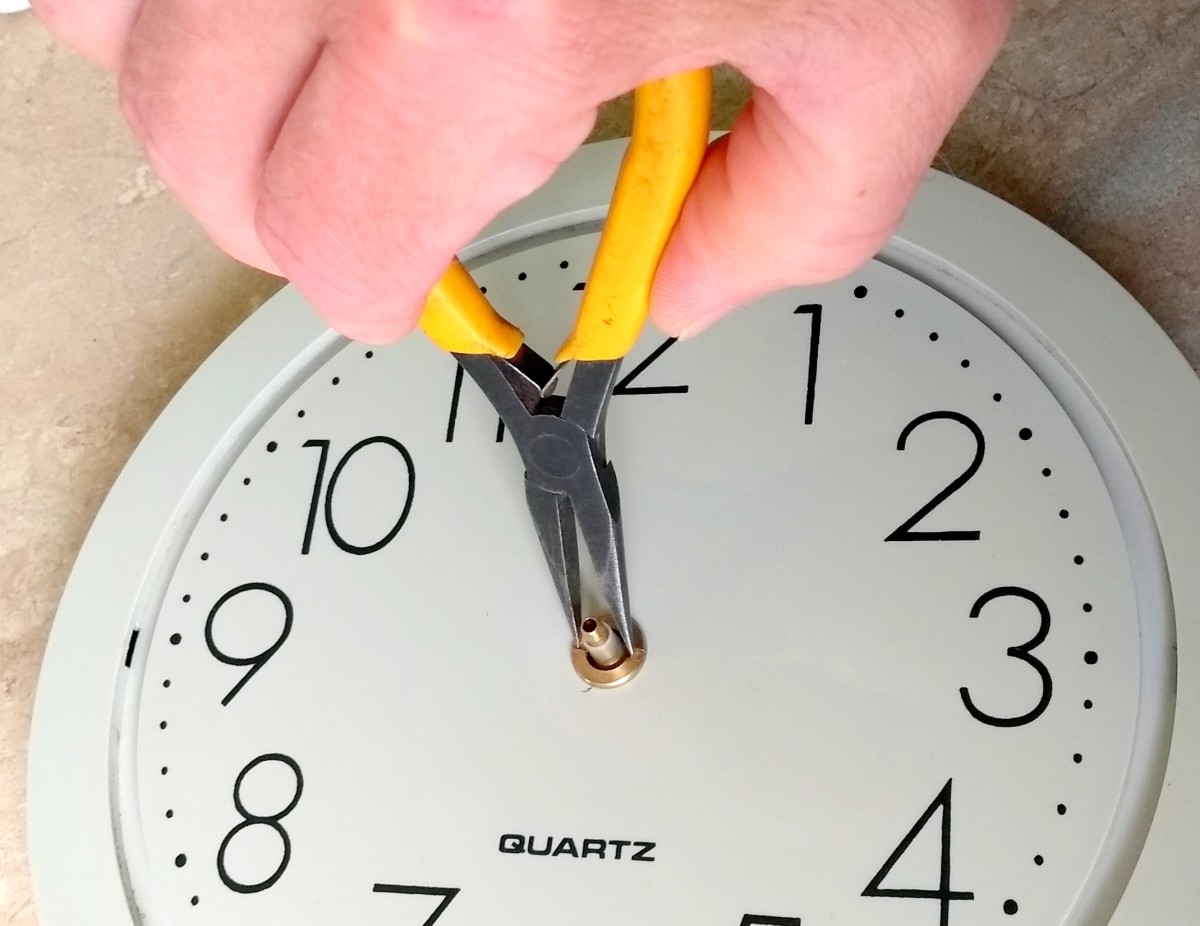
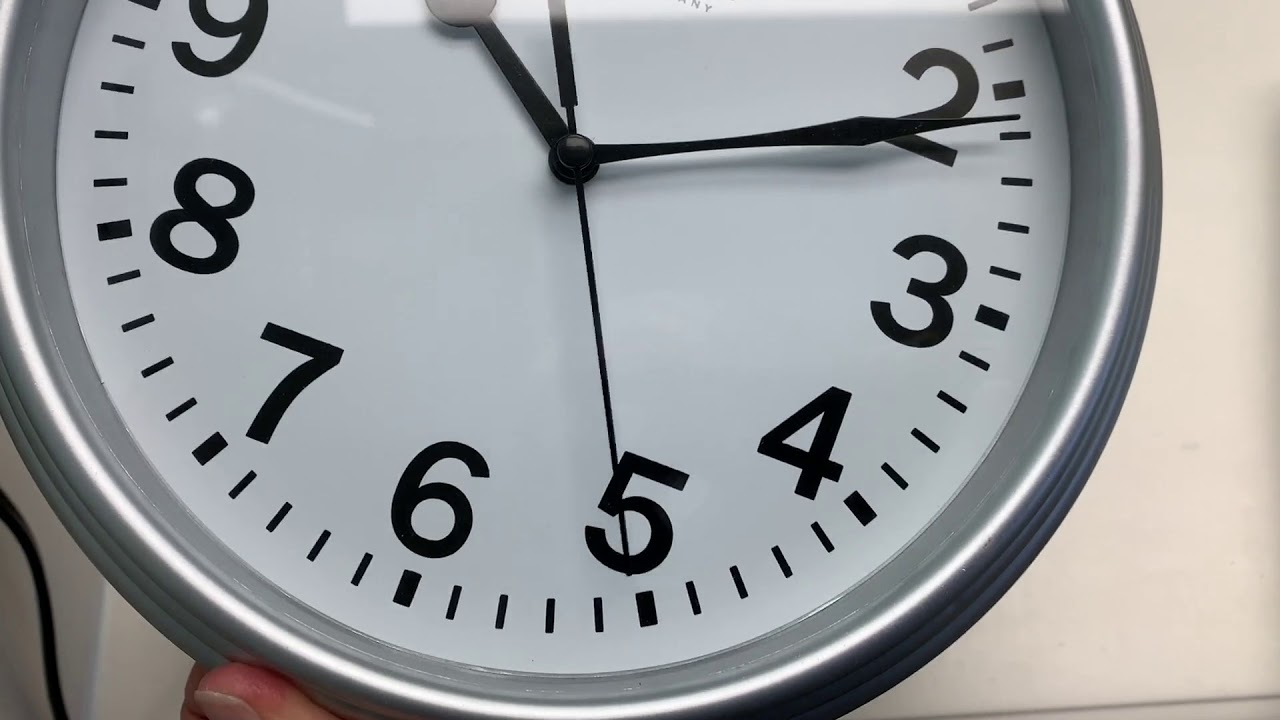
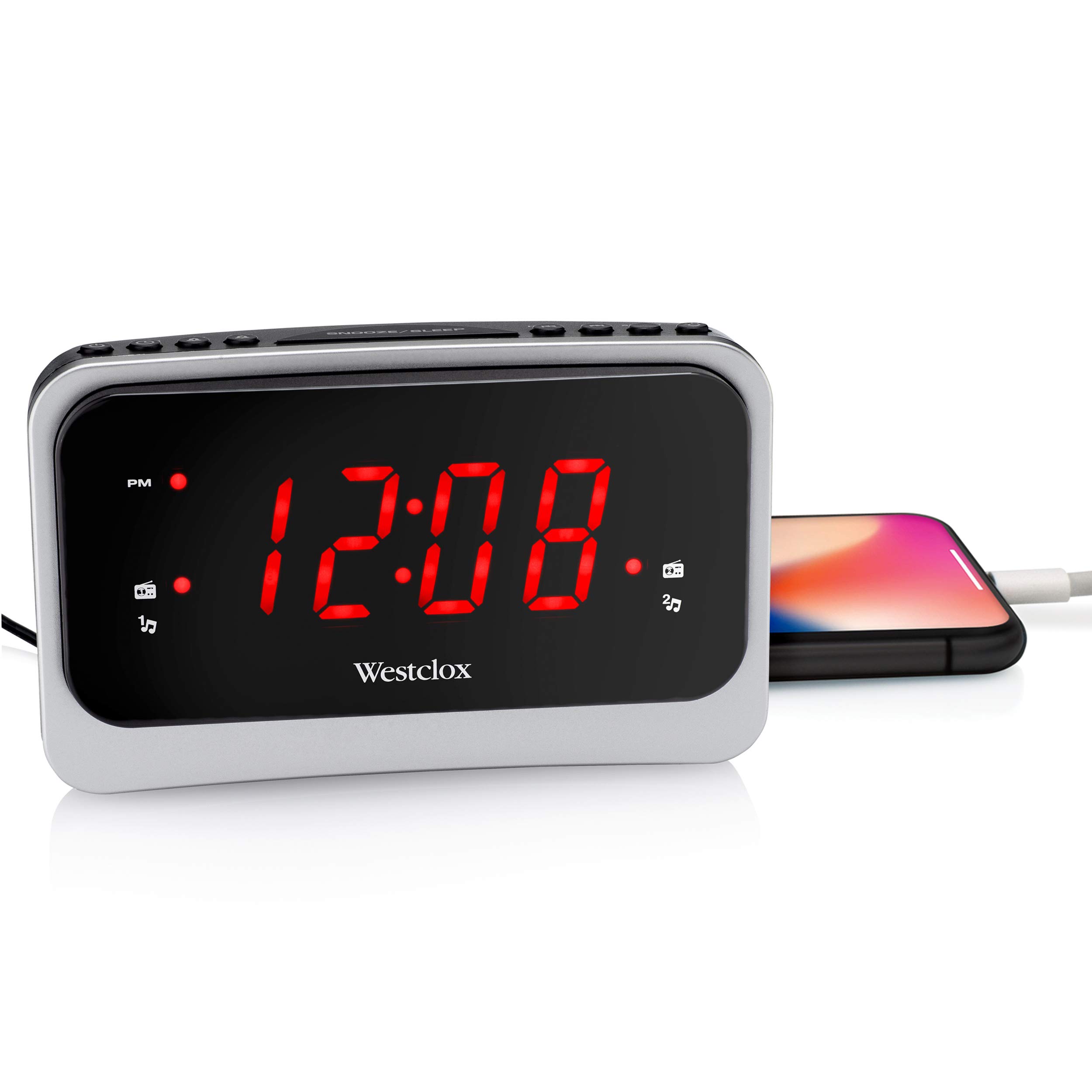

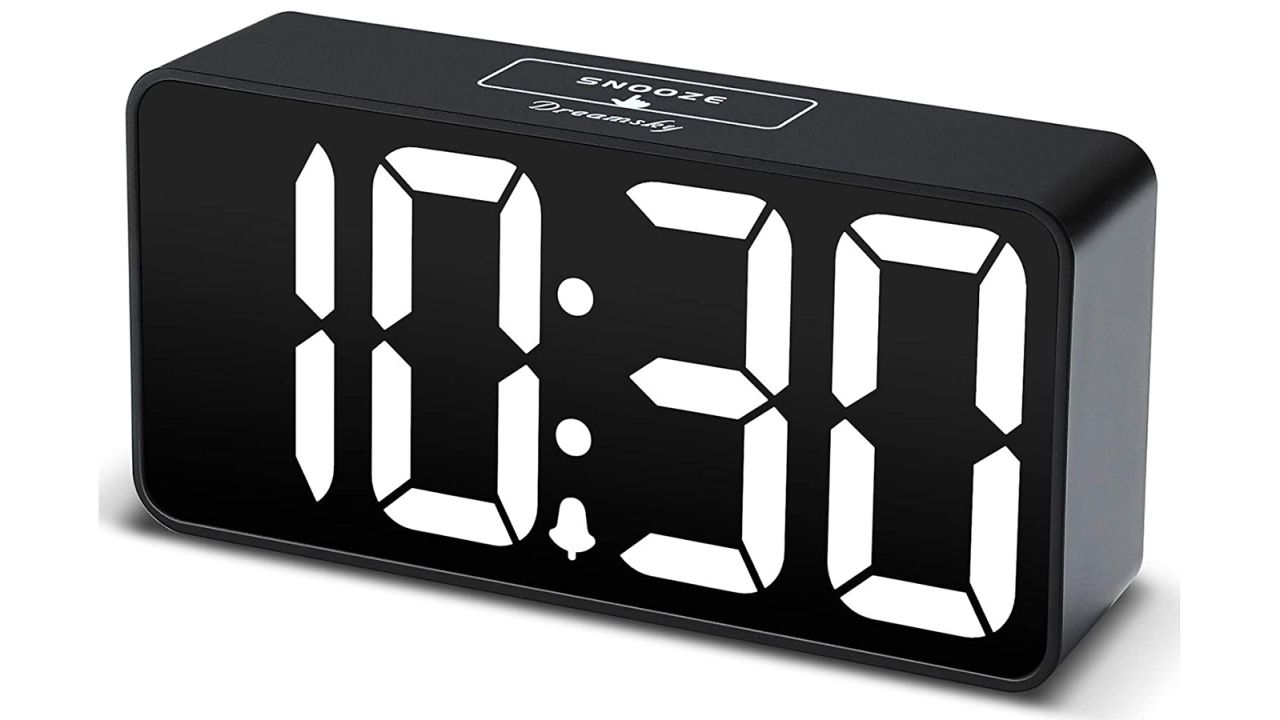
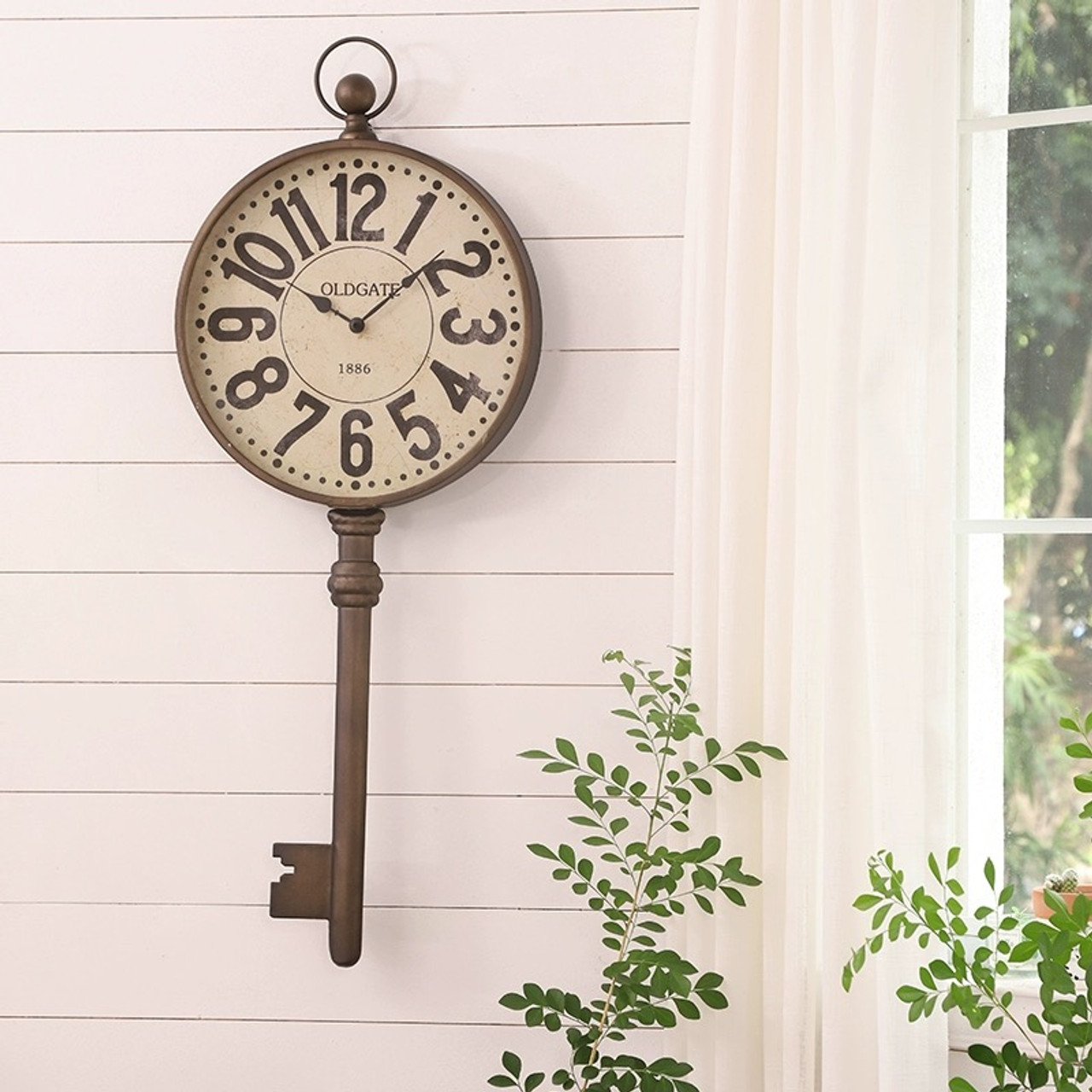
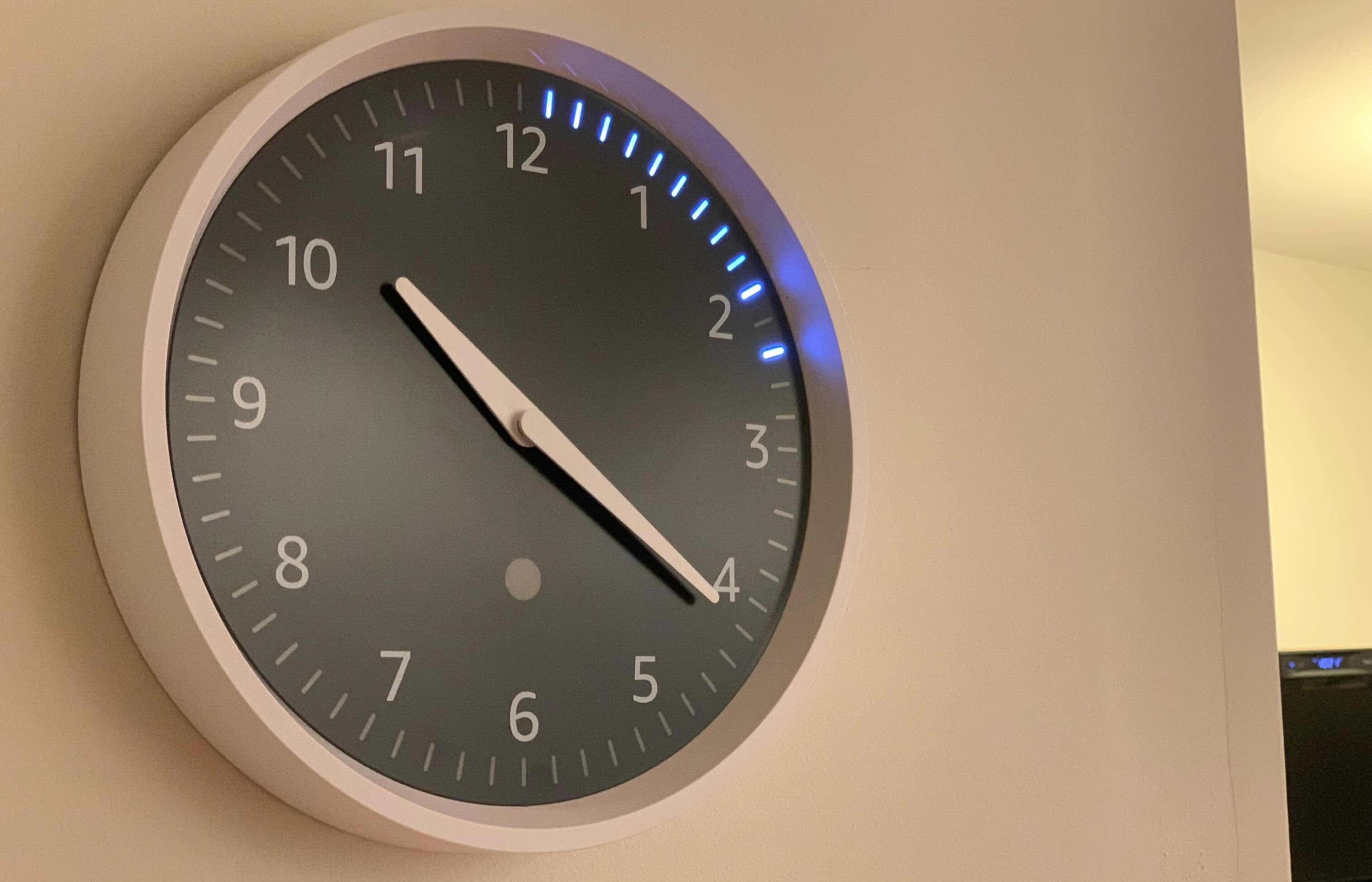
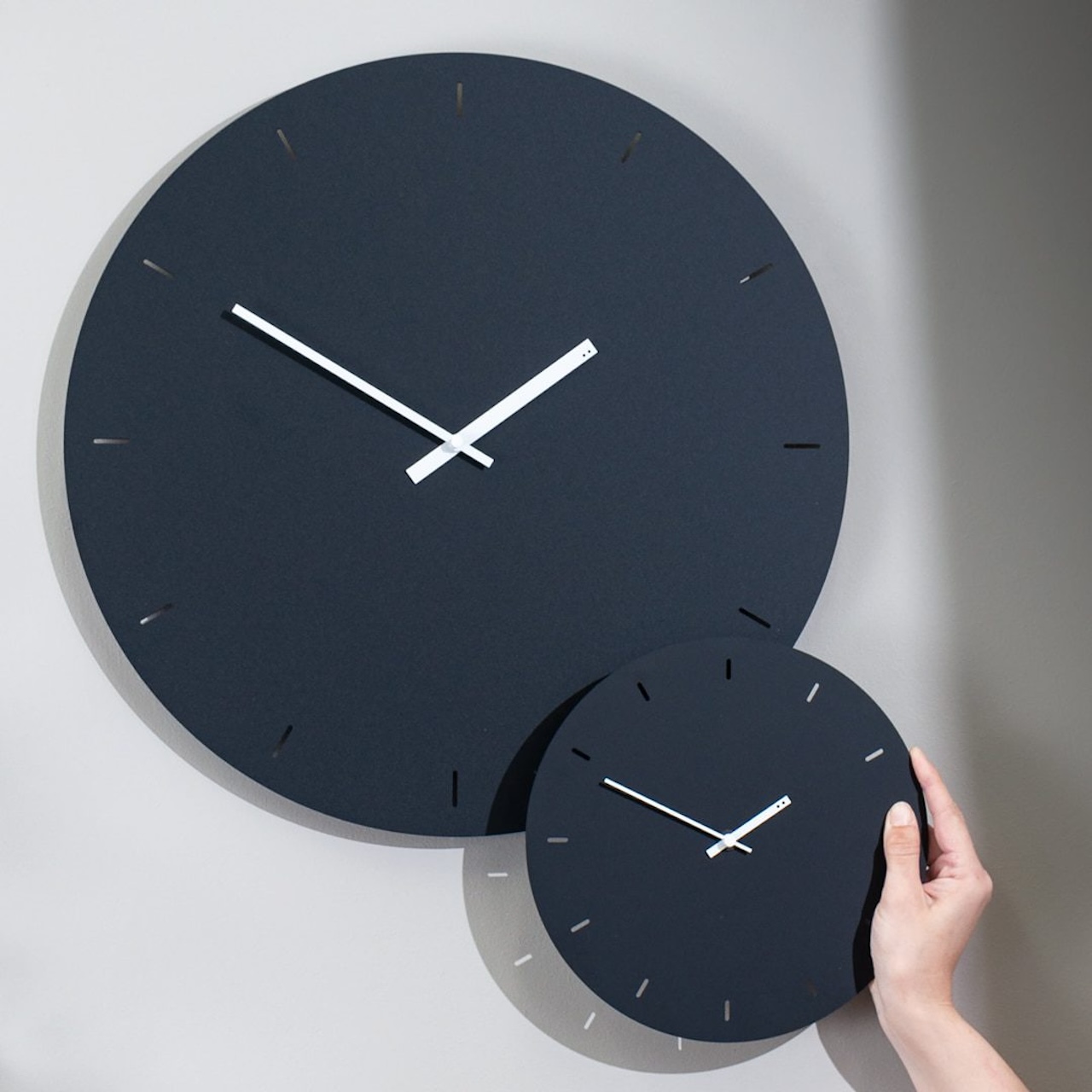

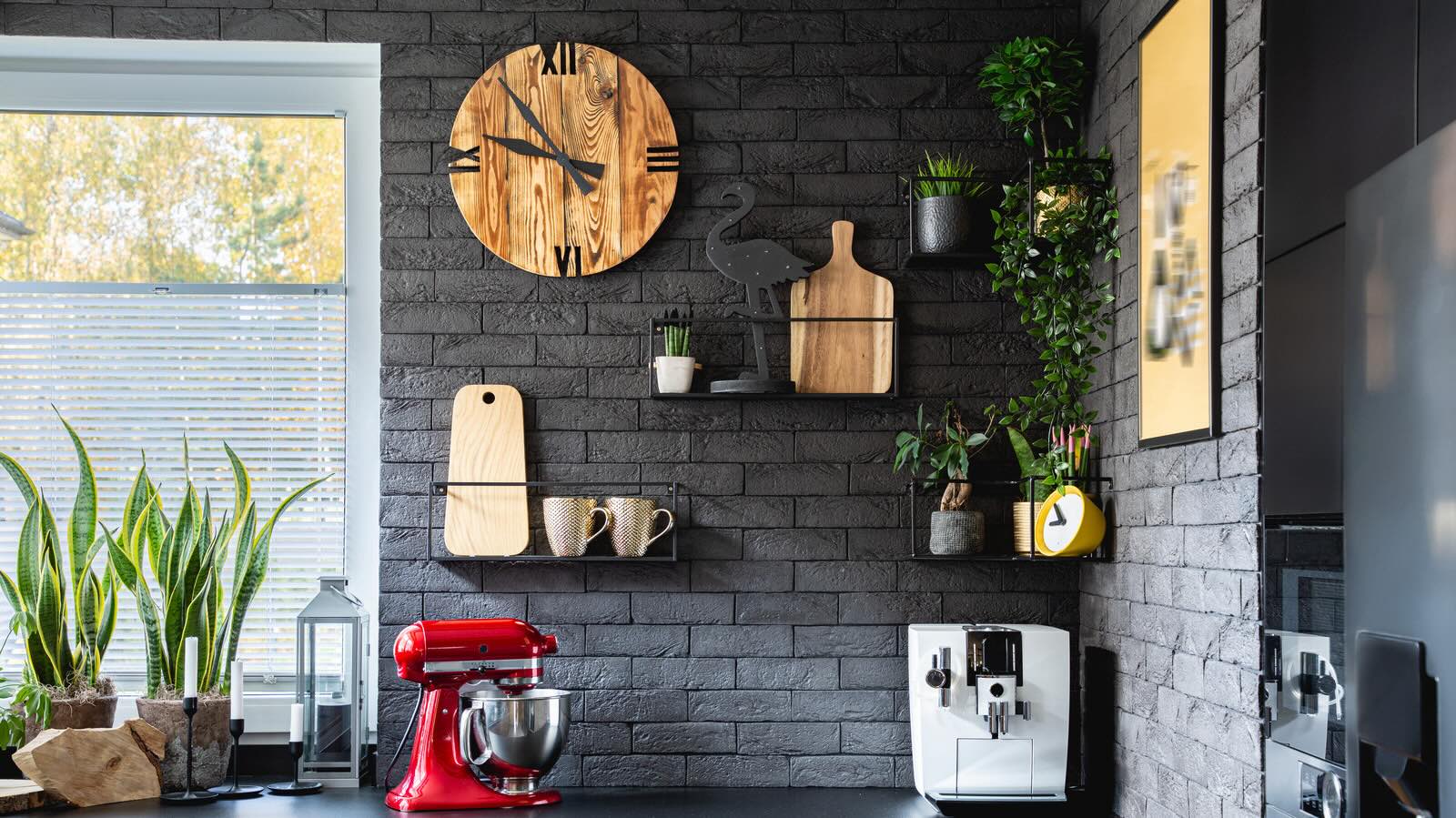
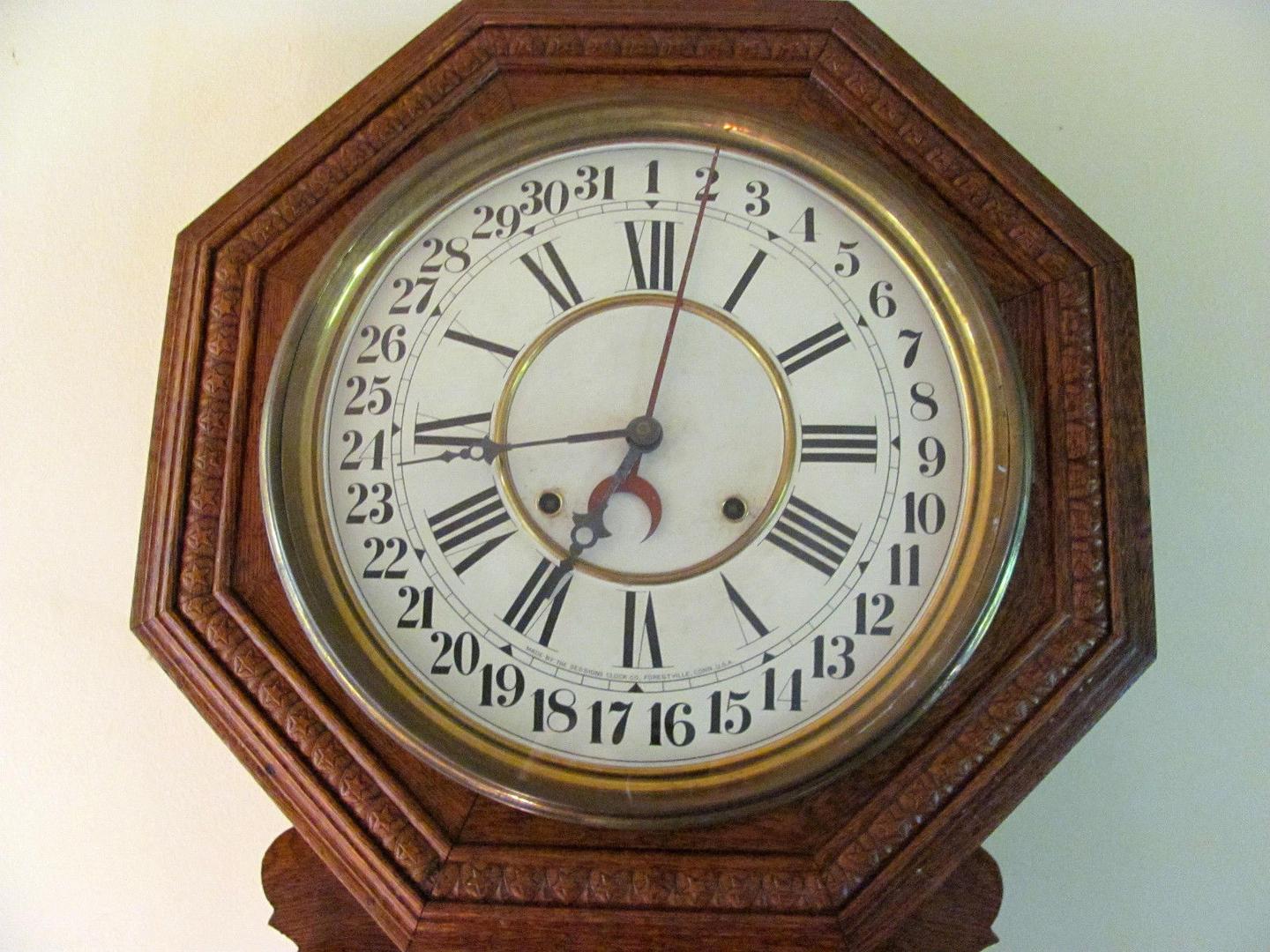
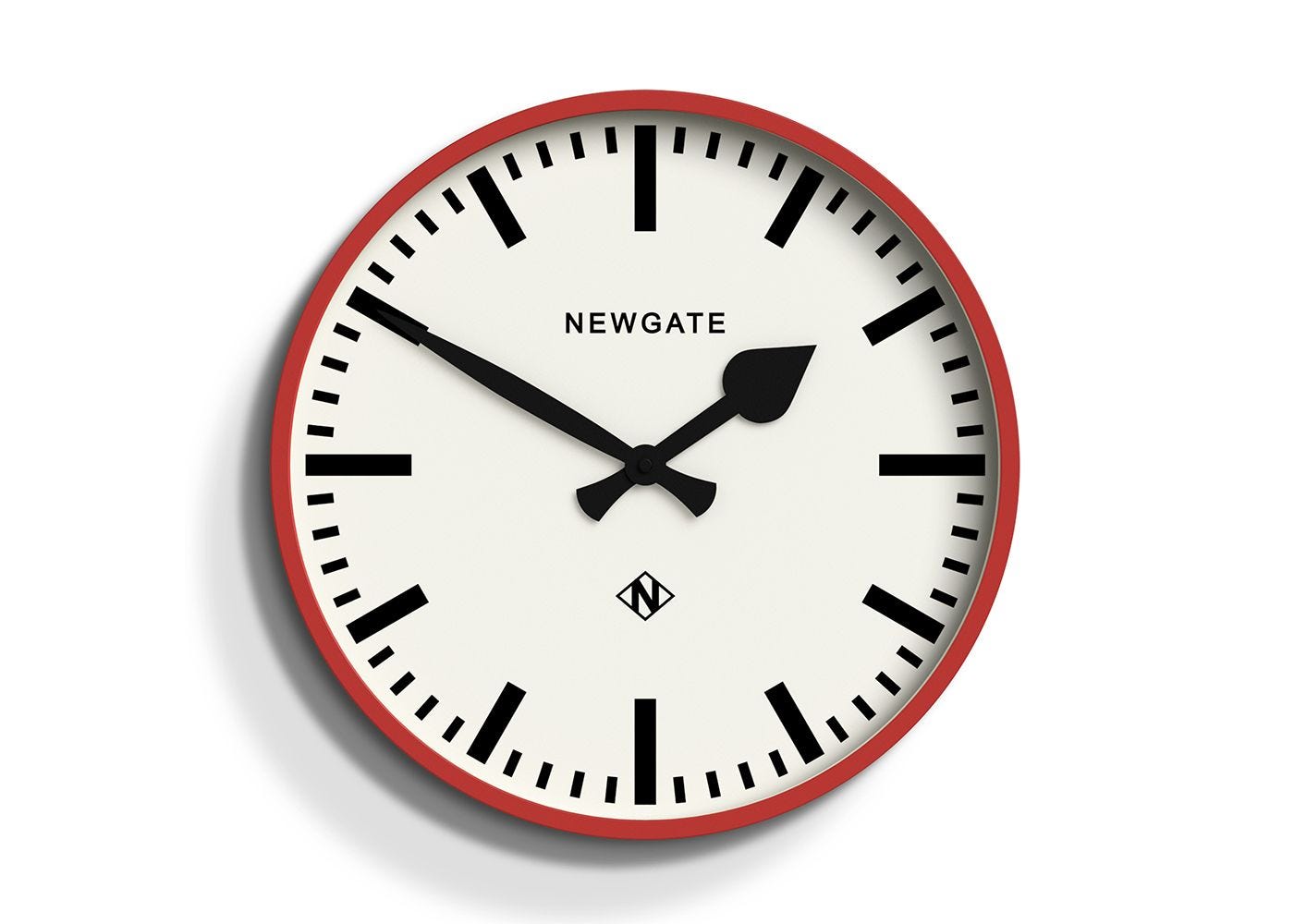

0 thoughts on “How To Muffle The Sound Of A Ticking Wall Clock”